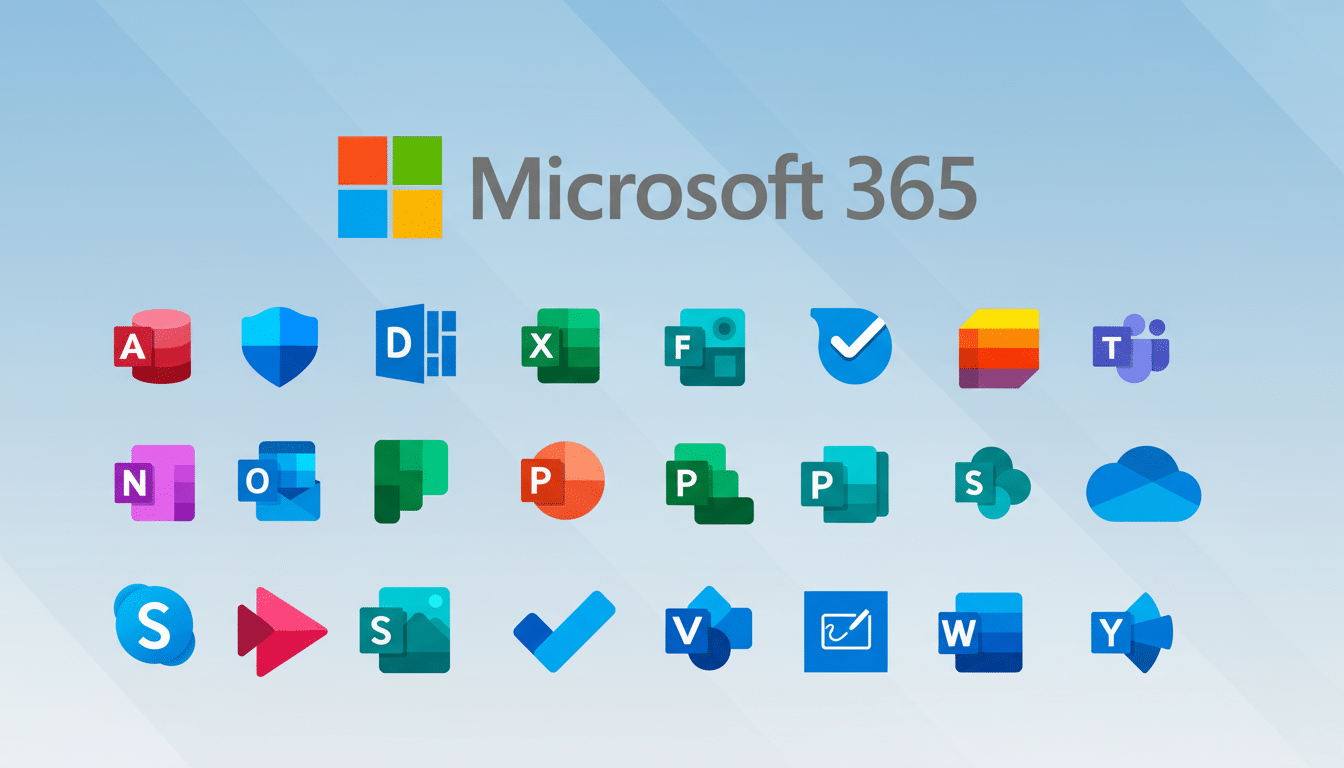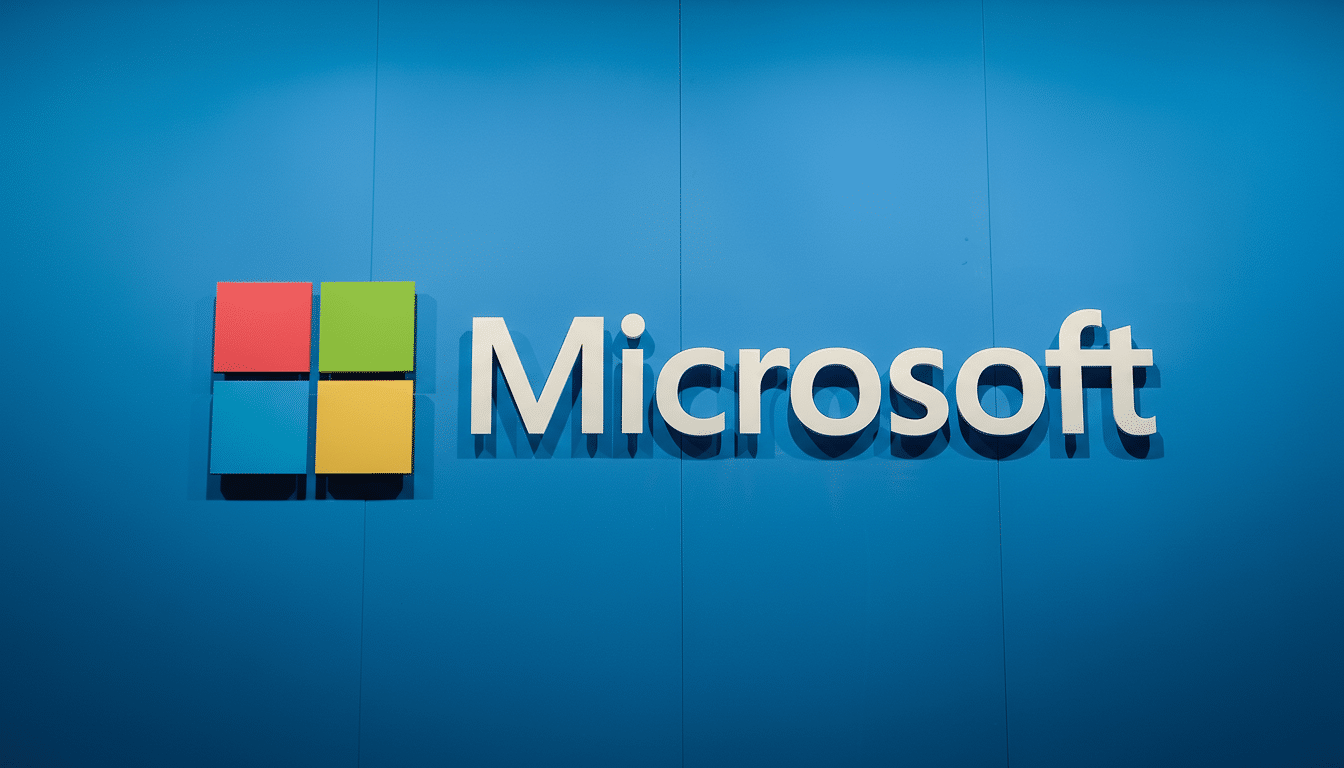OpenAI has won the support of Microsoft to convert its for‑profit arm into a public benefit corp., in a move that could transform how the AI leader is governed while keeping its mission-first DNA intact. The companies also entered into a nonbinding memorandum of understanding that sets out a revised partnership agreement, enabling OpenAI’s nonprofit arm to remain in charge while allowing for new capital raising and even potentially going public.
Nonprofit OpenAI would maintain control of operations and gain a substantial stake in the new PBC—estimated to be worth more than $100 billon—as both sides hammer out a definitive agreement, said Bret Taylor, chair of the board for OpenAI. The deal is still subject to regulators’ sign-off, and the companies indicated that they are discussing it with attorneys general in California and Delaware.

Why Microsoft’s approval matters
Microsoft is OpenAI’s most significant financial supporter and its strategic partner, with preferred access to models and a profound reliance on Azure for training and inference. The blessing removes the single most important practical obstacle to restructuring, which is the hope that preferred access, commercialization rights and cloud commitments can be preserved even as OpenAI turns into a PBC.
The rewound partnership also reflects OpenAI’s increasing independence. The company is also reportedly on a path to follow a multi‑cloud strategy, with plans for multiple cloud vendors in the future and even decades long multi‑hundred billion dollar commitment related to Oracle beginning in late 2020 in addition to partnerships tied into the Stargate data center initiative from SoftBank. Microsoft’s backing proves it is OK to compete on performance and integration while staying closely aligned at the core on safety statements and long-term product roadmaps.
What a PBC means for governance
A public benefit corporation is a for‑profit institution that incorporates a specific public mission into its charter, and mandates directors to balance shareholder value against stated societal goals. In OpenAI’s case, the structure is crafted to enshrine its original mission — advancing AI that benefits humanity — but still give it room to take in growth capital at scale.
The move resolves a long‑standing tension in OpenAI’s hybrid model, where nonprofit boards call the shots for a rapidly commercializing business. That model infamously permitted the nonprofit’s board to fire and later rehire CEO Sam Altman in the midst of a governance crisis. A PBC could offer greater fidelity guardrails for directors while permitting the nonprofit to remain in control of the wheel — if regulators agree, and if the final conditions are in keeping with what was planned when they signed this MOU.
Capital, valuation and the IPO question
As a PBC, OpenAI can more easily grant equity, expand the ranks of those funding it, and at such time as it’s financially ready for a public listing, seek one without having to jettison out its mission clause. Taylor’s remark that the nonprofit’s share is worth more than $100 billion would suggest a sky-high valuation well in excess of the unsolicited takeover approach from Elon Musk last year, which was priced at about $97 billion.

Investor appetite appears strong. Revenue run‑rate at OpenAI has been increasing significantly over the last year, per coverage in industry publications, and enterprise adoption of AI assistants, copilots and developer APIs is growing. PBC model could signal to public markets that growth and governance are not antithetical, as other mission‑driven PBCs have shown on public markets.
Regulatory path and remaining friction
The MOU is nonbinding and is subject to regulatory review. OpenAI said it is collaborating with authorities in California and Delaware on the transition, which will include an examination of fiduciary duties, mechanisms to protect charitable assets and the nonprofit’s ongoing control.
The move capped months of hard-edged negotiations between OpenAI and Microsoft, and came in response to external pressures. The Wall Street Journal has described bickering over possible acquisitions like the Windsurf AI coding startup, and lawsuits and public complaints — from Elon Musk’s lawsuit to nonprofit groups like Encode and The Midas Project registering unease — have questioned OpenAI’s vision as ethically grounded. OpenAI has fought back, in part with subpoenas to collect information about who is financing the advocacy groups.
What this means for customers and developers
For users, little will change in the near term: Microsoft is still working on incorporating OpenAI models into its products, and OpenAI’s platform, enterprise solutions and safety practices will continue to be under the nonprofit’s control. In the longer term, a PBC could aid product cadence by making fundraising easier, supporting larger compute initiatives and facilitating a multi‑cloud posture that can enhance resiliency and cost effectiveness.
The larger change here is strategic clarity. Supported by Microsoft and anchored by a mission‑driven PBC charter, OpenAI is signaling that it can pursue public‑market scale without diluting its safety commitments. The test now is execution: closing binding terms, passing regulatory muster and managing the same market forces — capital intensity, chip supply and model reliability — that define the A.I. race It won’t be long before even the most exuberant of chip veterans discover what has long been clear in other industries: What matters in business isn’t only good ideas but sound execution.

